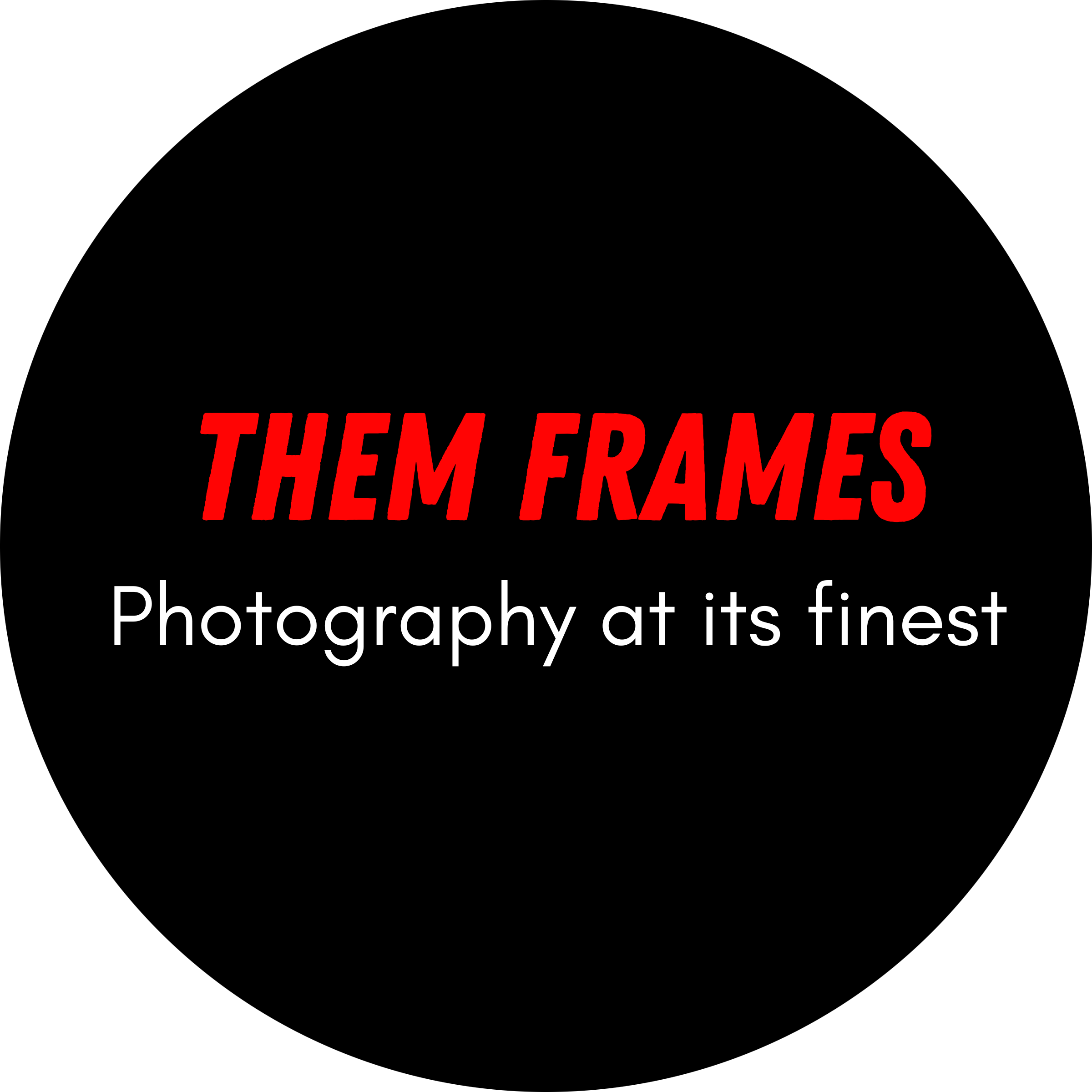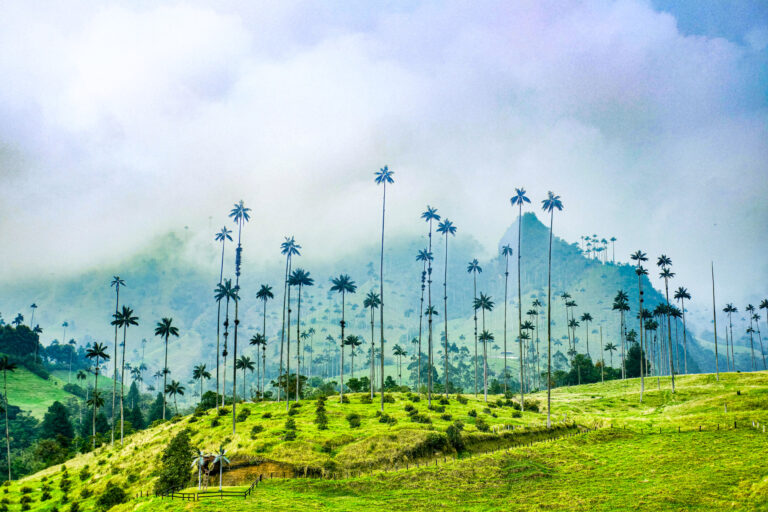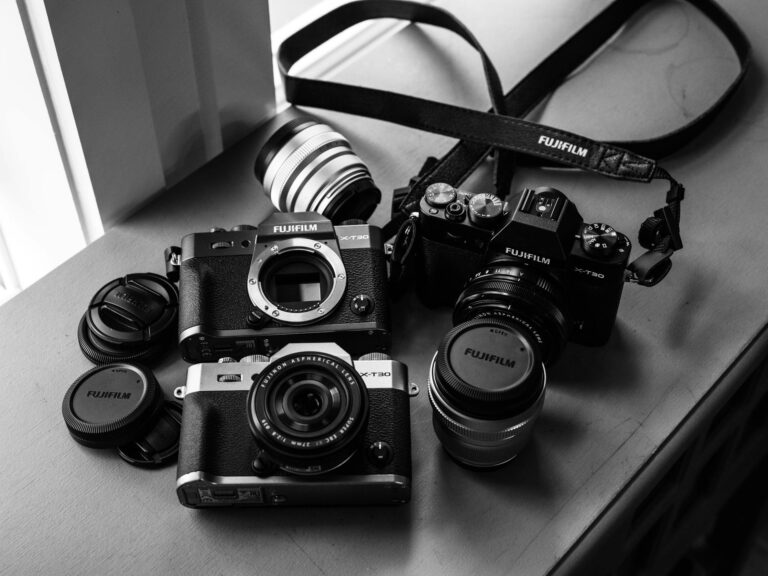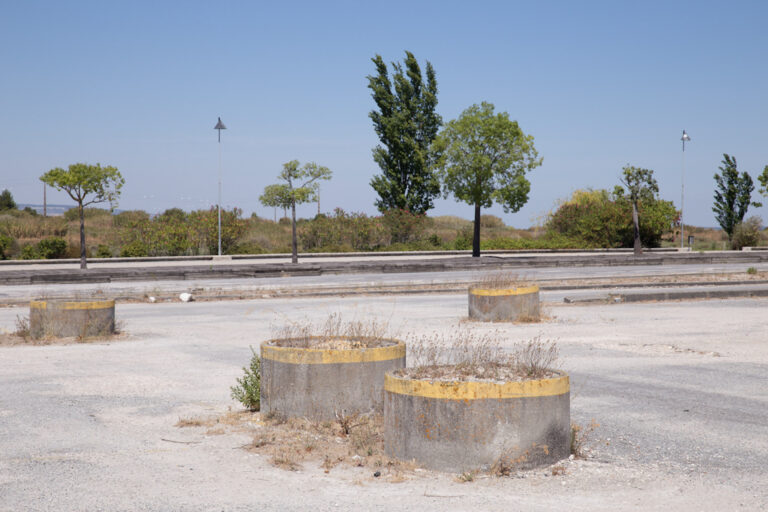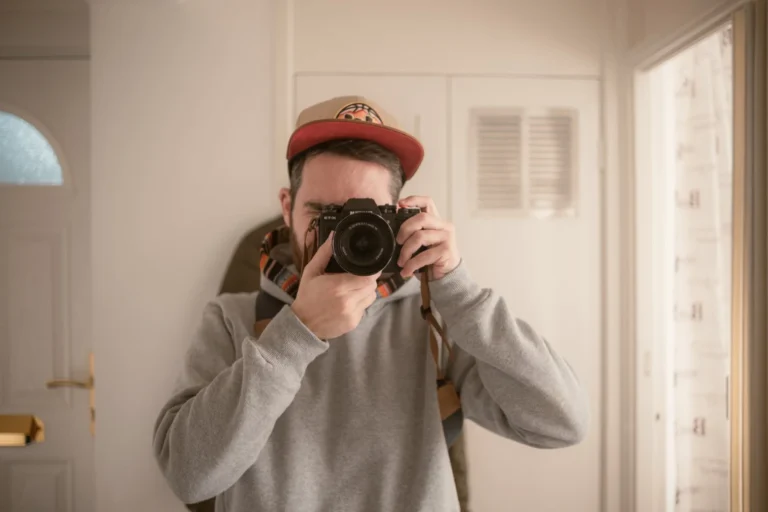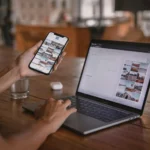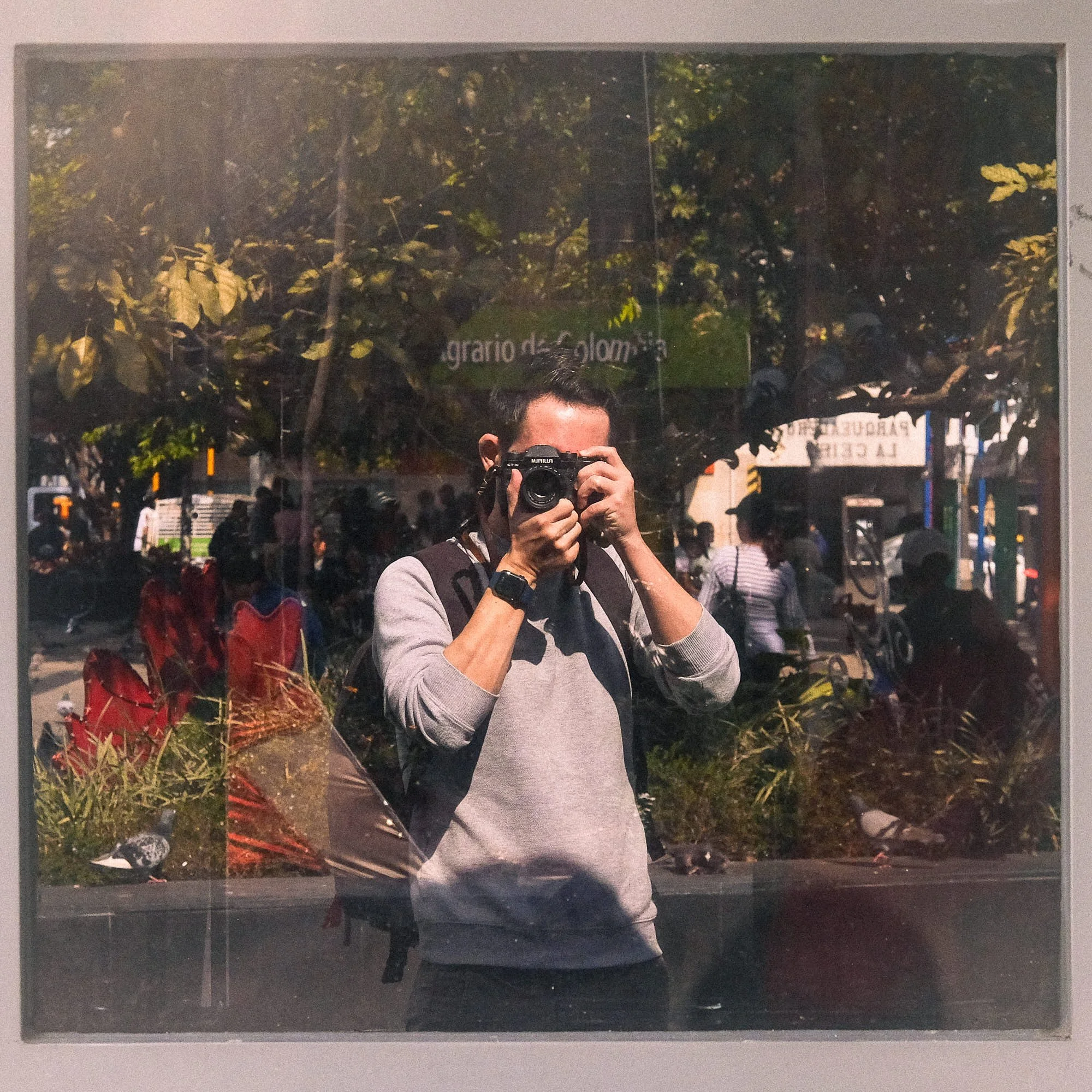
If you’re curious as to how photography can help improve your mental health, look no further, as I have over a decade of experience using the craft to help keep my mind healthy. In fact, photography has always been the catalyst for improvement, especially during times of struggle and pain.
Editor’s note: If you prefer to watch the video version of the topic, scroll to the bottom and hit play.
Ways to improve your mental health
I should note that practicing photography is not the only way to improve your mental health. Over the years I’ve also attended therapy and had the privilege of having a good support network through my close friends and family.
However, those types of support can be intense, and emotionally challenging. For me, photography is the complete opposite and offers a very calming, positive experience both for my body and mind.
Right now I’m dealing with some personal health issues. I haven’t worked properly in seven months and my quality of life has radically decreased.
Before my health concerns I was traveling the world, walking 15,000 steps a day and living a very active lifestyle. Then, suddenly my body shut down and for the past six months I’ve been pretty much housebound for 80 percent of the day.
This dramatic change in my quality of life has put pressure on my mental health and the truth is I’ve experienced some extremely dark moments during this time. Thankfully, I have experience with circumstantial depression and I know I can lean on photography to help me return to my light.

How can photography help improve your mental health?
Firstly, this article doesn’t only target the serious photographer, it targets everyone. Nowadays, most people have some form of interest in the craft thanks to modern technology. It doesn’t matter if you create snaps with your iPhone or if you have invested in a Nikon Z 6II, the process of making images can improve your mental health.
Photography requires concentration. First, you must look at the world around you and find something of interest to photograph. Then, with your camera held to your eye, you must think about how to compose a frame and also setting the right exposure (if you shoot in manual mode). Then you need to focus on hitting your shutter button and listen to the sound of the shutter opening and closing.
The full process takes your mind away from your struggles, it allows you to stop focusing on the pain, whatever your pain may be. Through photography, you’re creating positive distractions and filling your mind and body with something productive and something that can make you happy, even if it’s only for a brief moment.
Then you return home, and you look at all the images you made. You can enjoy reviewing them and you may also feel pride in the great shots you created. Again, it’s more positive energy being pushed into your mind, distracting you from issues you’re facing.
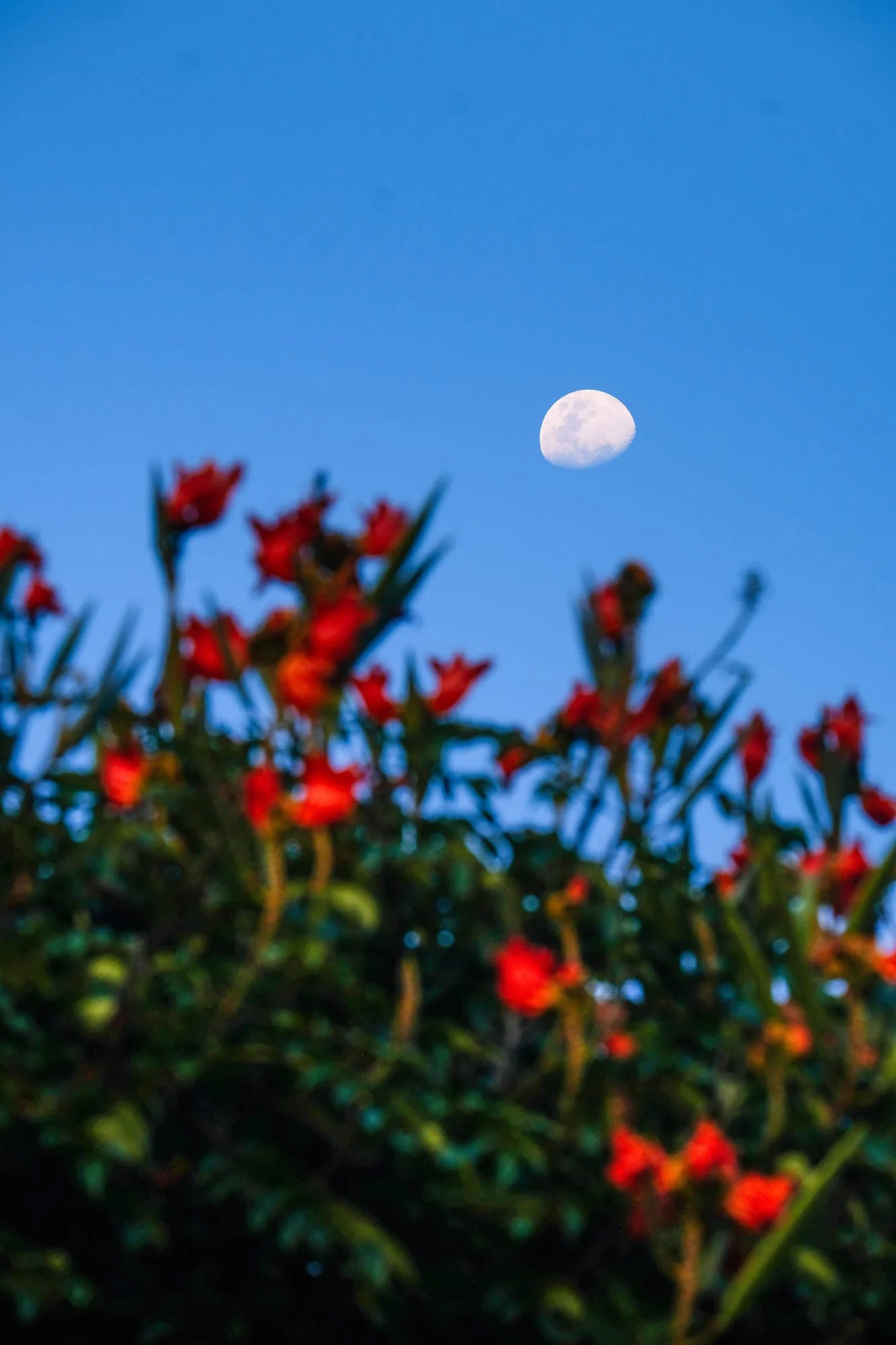
Final thought
If you make time to create photos multiple times a day, that means you’re having several positive experiences throughout your day, weeks and months. Photography won’t solve all your problems, but I firmly believe it will help you manage them, and alongside other types of support, help improve your mental health in the long term.
Sarah Jio, the author of All the Flowers in Paris said:
“Life is full of challenges. We all have them. Art has helped me through my own deep valleys.”
If you’re struggling right now, I strongly encourage you to pick up your camera. Have fun making pictures and enjoy being connected to the process. You deserve to be happy and you deserve to improve your mental health.
Want your work featured on Them Frames? Pitch us.
